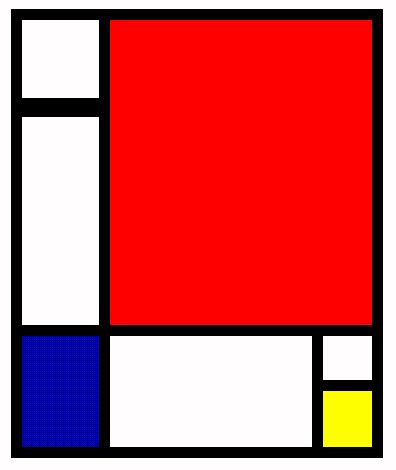
“Modernity is a qualitative, not a chronological, category. Just as it cannot be reduced to abstract form, with equal necessity it must turn its back on conventional surface coherence, the appearance of harmony, the order corroborated merely by replication.”
-Theodor Adorno, philosopher and composer
“Make it new!”
-Ezra Pound, writer
(If you heard this quipped in Tim Gunn’s voice, don’t judge yourself: it’s only natural.)
In the world of visual art the focus shifted away from replicating the appearance of the world to replicating its essence. Thus, color and shape, and their arrangement became the focus.
Modernism played a lot with form.
In literature think: Virginia Woolf’s “tunneling technique”, Jose Villa’s excessive use of commas/his visiting and re-visiting of the same ideas, Bruce Nungent’s play with ellipses.
In visual art think: Pablo Picasso’s cubism, Salvador Dali’s surrealism, Piet Mondrian’s play with color and shape

*http://en.wikipedia.org/wiki/Modernism
No comments:
Post a Comment